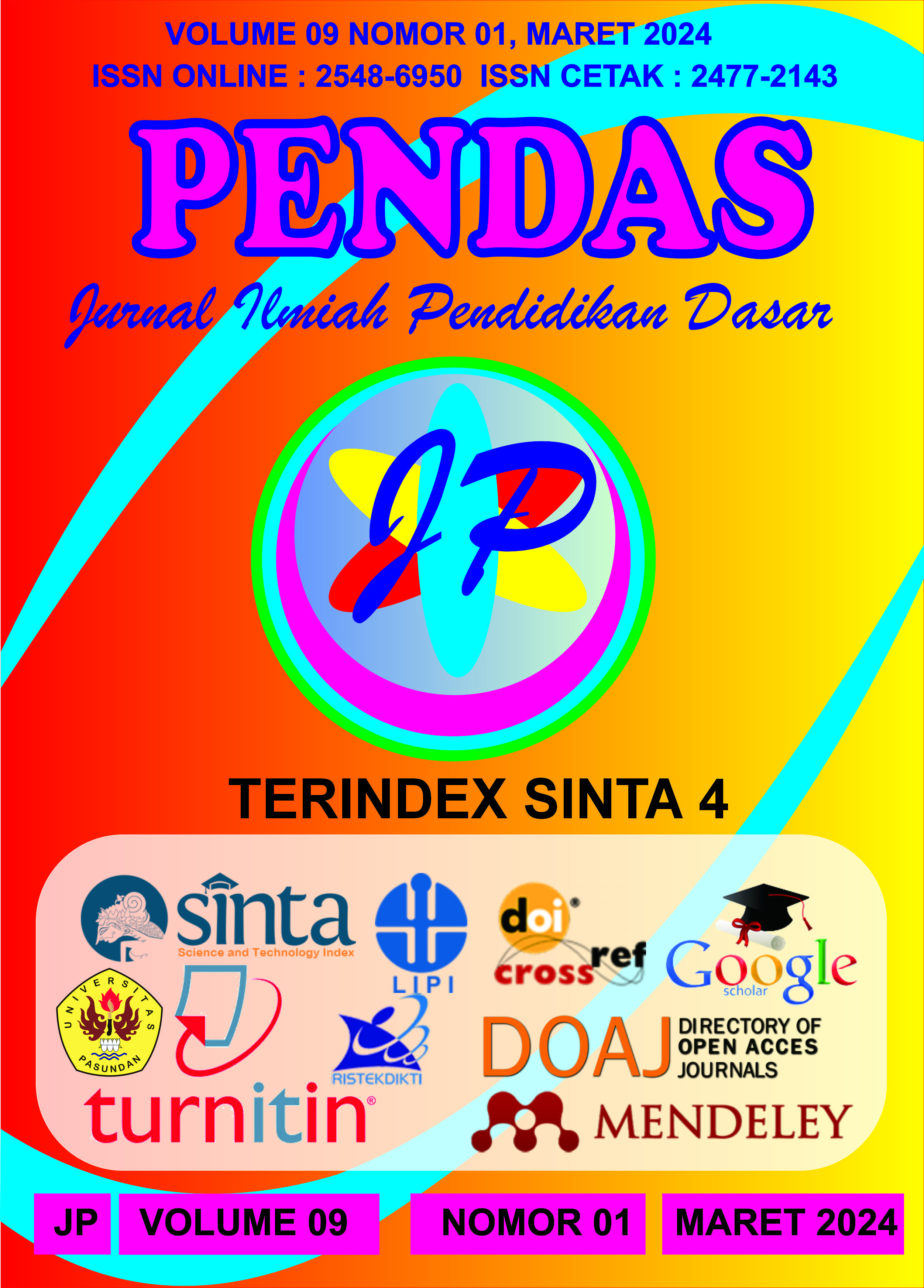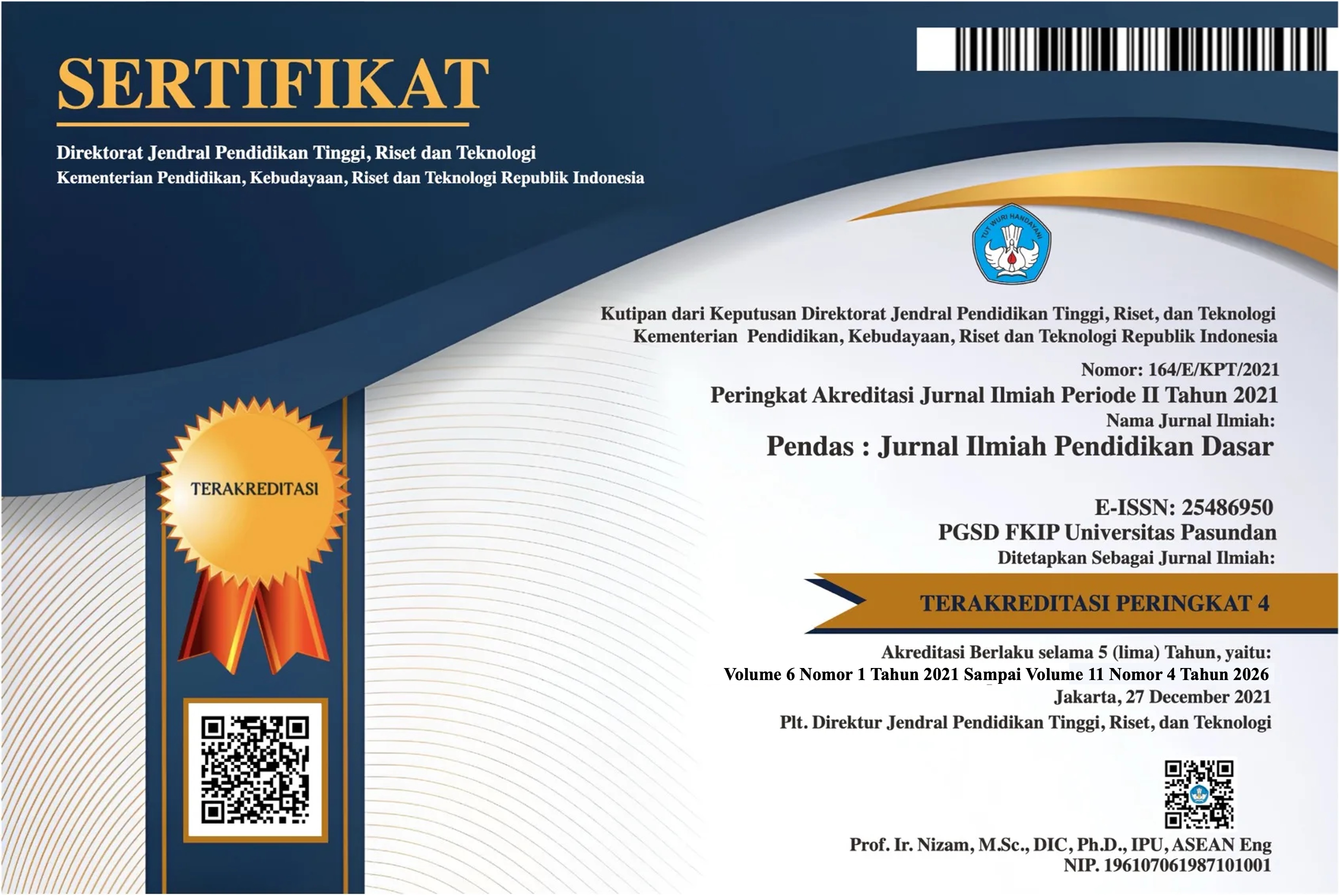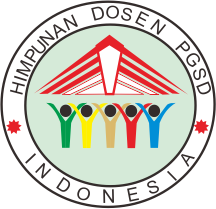PENERAPAN MODEL PBL MELALUI MEDIA AR CHEMICAL BOND UNTUK MENINGKATKAN KEMANDIRIAN DAN BERPIKIR KRITIS SISWA
DOI:
https://doi.org/10.23969/jp.v9i1.12632Keywords:
PBL, AR Chemical Bond, Independence, Critical ThinkingAbstract
This research is to determine the application of the Problem Based Learning (PBL) model through AR Chemical Bond media with the aim of increasing the independence and critical thinking abilities of class XI Chemistry students at SMAN 3 Sampang. Quantitative research using Quasi Experimental Design. The population was students from class XI Chemistry at SMAN 3 Sampang, and the saturated sample from class XI Chemistry 1 was 36 students. In proving and analyzing data, there are questionnaires and test questions. The analysis test uses validity, reliability, normality and paired sample t-test. The results of data analysis obtained a calculated t value = 23.752, so Ho was rejected and H1 was accepted with a significant value of 0.000 < 0.05, which means there was a real (significant) increase in the Trust (X) variable in the Participation variables Y1 and Y2. Based on the test results, there is an increase in Independence and Critical Thinking Ability using the Problem Based Learning (PBL) Model through AR Chemical Bond media for class XI Chemistry students at SMAN 3 SampangDownloads
References
Ashari, S. A., A, H., & Mappalotteng, A. M. (2022). Pengembangan Media Pembelajaran Movie Learning Berbasis Augmented Reality. Jambura Journal of Informatics, 4(2), 82–93. https://doi.org/10.37905/jji.v4i2.16448
Balandin, S., Oliver, I., Boldyrev, S., Smirnov, A., Shilov, N., & Kashevnik, A. (2010). Multimedia services on top of M3 Smart Spaces. Proceedings - 2010 IEEE Region 8 International Conference on Computational Technologies in Electrical and Electronics Engineering, SIBIRCON-2010, 13(2), 728–732. https://doi.org/10.1109/SIBIRCON.2010.5555154
Fendi, K. (2019). Perkembangan Teknologi Augmented Reality Sebagai Media Pembelajaran Interaktif Pada Mata Kuliah Kimia Dasar. Noviembre 2018, IX(1), 1.
Jaedun, A. (2011). Oleh : Amat Jaedun. Metodologi Penelitian Eksperimen, 0–12.
Lesmana, E. A., Farida, I., & Irwansyah, F. S. (2021). Application of Augmented Reality Learning Media in Covalent Bond Formation Based on Valence Bond Theory To Improve Submicroscopic Representation Ability. Gunung Djati Conference Series, 2.
Manalu, J. B., Sitohang, P., Heriwati, N., & Turnip, H. (2022). Prosiding Pendidikan Dasar Pengembangan Perangkat Pembelajaran Kurikulum Merdeka Belajar. Mahesa Centre Research, 1(1), 80–86. https://doi.org/10.34007/ppd.v1i1.174
Mareti, J. W., & Hadiyanti, A. H. D. (2021). Model Problem Based Learning Untuk Meningkatkan Kemampuan Berpikir Kritis dan Hasil Belajar IPA Siswa. Jurnal Elementaria Edukasia, 4(1), 31–41. https://doi.org/10.31949/jee.v4i1.3047
Maryati, I. (2018). Penerapan Model Pembelajaran Berbasis Masalah Pada Materi Pola Bilangan Di Kelas Vii Sekolah Menengah Pertama. Mosharafa: Jurnal Pendidikan Matematika, 7(1), 63–74. https://doi.org/10.31980/mosharafa.v7i1.342
Mulyadi, M. (2019). Penelitian Kuantitatif Dan Kualitatif Serta Pemikiran Dasar Menggabungkannya [Quantitative and Qualitative Research and Basic Rationale to Combine Them]. Jurnal Studi Komunikasi Dan Media, 15(1), 128–138.
Priliyanti, A., Muderawan, I. W., & Maryam, S. (2021). Analisis Kesulitan Belajar Siswa Dalam Mempelajari Kimia Kelas Xi. Jurnal Pendidikan Kimia Undiksha, 5(1), 11. https://doi.org/10.23887/jjpk.v5i1.32402
Sampul, R., Thema, T., & No, J. C. (2021). Pengatar Evaluasi Pendidikan.
Downloads
Published
Issue
Section
License
Copyright (c) 2024 Pendas : Jurnal Ilmiah Pendidikan Dasar

This work is licensed under a Creative Commons Attribution 4.0 International License.



















